Study Overview: A Landscape-Scale Vision
The Study Area: 928,640 Acres: Frying Pan, Roaring Fork & Crystal River Drainages
Overarching Goal of Study Partners
Develop for the million-acre Roaring Fork Watershed a science-based strategy for the protection and restoration of natural biodiversity and habitat connectivity on a landscape scale.
Process
This collaborative investigation will involve ongoing communication with a Science Team of key stakeholders: U.S. Forest Service, Bureau of Land Management, Colorado Parks and Wildlife, Aspen Valley Land Trust, Aspen Center for Environmental Studies, Aspen Global Change Institute, Roaring Fork Conservancy, and Pitkin County Open Space and Trails.
Other organizations, such as Roaring Fork Audubon, Wilderness Workshop, Caucuses, Counties, and Cities are anticipated to participate as stakeholders as well.
Focal Species: The highest priority species are mule deer, elk, and bighorn sheep. Other species of significant interest are black bear, beaver, and birds. Pollinators are of great interest to the Science Team and methods for assessment will be identified.
Outcomes
The study methods and stakeholder engagement process are designed to provide:
Shared understanding of the highest priority conservation areas for focal species and habitats.
Ground-truthed analysis of connectivity within and among habitats across the watershed.
Shared understanding of the highest priority restoration needs for focal species and habitats.
Shared understanding of habitat quality (based on vegetation metrics) and threats facing focal species and habitats.
WBI envisions that perhaps the most useful tool emerging from the Study will be watershed-scale graphics, including maps that depict the results of the Study. These would be at a scale and level of specificity that inform and inspire biodiversity and connectivity conservation and restoration planning and actions.
Deliverables
At a minimum:
Written report that describes methods, results, specific conservation and restoration strategies, and supporting maps/graphics, in digital format.
Supporting data (GIS files, metadata).
Spatially explicit data and mapping.
Modeled landscape permeability.
Field observations.
Scientific analysis of data.
Conservation planning.
“The Roaring Fork Watershed Biodiversity and Connectivity Study together with The Roaring Fork Watershed Wetland Study, will provide our conservation community with an invaluable and “best available science” resource for the protection, restoration, and ongoing stewardship of the entire Watershed.”
Roaring Fork Watershed Wetland Study
The Roaring Fork Watershed Wetland Study will be conducted by CNHP beginning in 2019. This separate but complementary study will identify critical wetland and riparian biological resources within the Roaring Fork Watershed. The completed study will inform and guide a strategy for protection and restoration of wetland biological resources.









